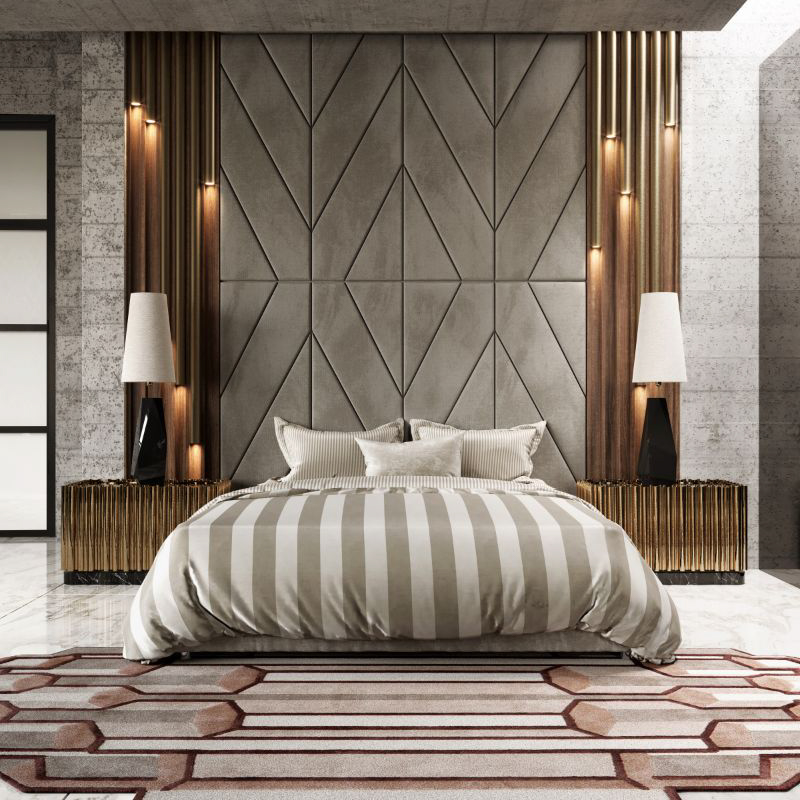Introduction
Chandeliers are one of the oldest known light fixtures that have been around since the medieval period. Today, these lighting fixtures come in various shapes and sizes, but one style that has remained popular over the years is the Victorian chandelier. The Victorian era, lasting from 1837 to 1901, was characterized by elegant and ornate designs. Victorian chandeliers reflect the opulence and splendor of this era, with intricate details and luxurious materials like crystal and brass. In this article, we will explore the history, design, and enduring appeal of Victorian chandeliers.
History of Victorian Chandeliers
During the Victorian era, electric lighting became more widespread, and chandeliers became an important symbol of wealth and social status. The first Victorian chandeliers were made of cast iron or bronze, with candle-shaped lights attached to arms or branches. As the era progressed, new materials like crystal, glass, and brass became more affordable, and chandelier designs began to incorporate more intricate details and ornate elements like flowers, leaves, and curlicues.
By the end of the Victorian era, chandeliers had become incredibly elaborate, with hundreds or even thousands of individual crystals or glass elements. The rise of Art Nouveau and other design movements in the early 20th century led to a shift away from the ornate Victorian style, but Victorian chandeliers have remained popular among antique collectors and interior designers.
Design Elements of Victorian Chandeliers
Victorian chandeliers are known for their intricate design elements, often featuring cascading crystals, floral motifs, and bold brass or bronze accents. The crystals used in Victorian chandeliers were usually cut glass or crystal, and they were often arranged in layers or tiers to create a dazzling effect. The metalwork in Victorian chandeliers was also highly detailed, with intricate patterns or designs etched into the brass or bronze.
One common feature of Victorian chandeliers is the use of gas lights, which were common in the early days of the Victorian era before electric lighting became more widespread. These gas lights were often incorporated into chandelier designs, with ornate glass shades that diffused the light and added an extra element of elegance.
Enduring Appeal of Victorian Chandeliers
Despite being over a century old, Victorian chandeliers continue to be popular among antique collectors and interior designers. One reason for this enduring appeal is the intricate and ornate design elements that are so characteristic of Victorian style. These chandeliers are often seen as works of art in themselves, adding an extra layer of beauty and elegance to any room they are placed in.
Another reason for the popularity of Victorian chandeliers is their versatility. While these chandeliers are often associated with traditional or period-style homes, they can also be incorporated into more modern or eclectic interiors for a unique and unexpected touch. A vintage Victorian chandelier can add a touch of glamour to a minimalist space, or bring a sense of history and tradition to a contemporary design.




